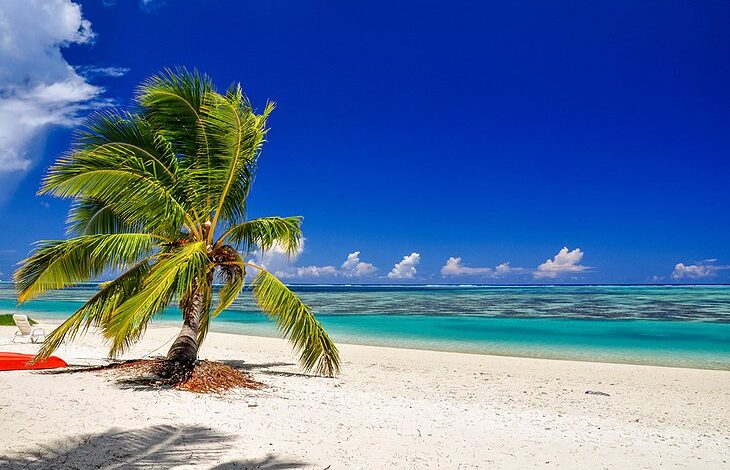Fate Of Pacific Islands Depends On Limiting Global Warming
Sea levels near Samoa have been rising at a rate of about four millimeter per year since 1993

United Nations Secretary General, António Guterres, on his way to attend a Pacific leaders’ summit this week in Tonga with a focus on climate change in the region, one of the world’s most vulnerable to rising sea levels and temperature changes, visited Samoa island from August 21st to 23rd. During his visit, he met the local communities in Samoa, who have had to move their homes inland due to sea level rise and worsening storms. Since the sea is rising four times faster than the global average in American Samoa. Samoa, is a polynesian country consisting of two islands and is at risk to earthquakes, tropical cyclones, tsunamis and floods. Sea levels near Samoa have been rising at a rate of about four millimeter per year since 1993. Which is higher than the global average of 2.8–3.6 millimeters per year.
During this visit the UN Chief called on wealthy nations to act for island countries hit hardest by the climate crisis. He warned the world that-“the fate of Pacific islands depended on limiting global warming to 1.5 degrees Celsius above pre-industrial levels.” High and rising sea levels pose a huge threat to Samoa, the Pacific and other small island developing states, although Pacific nations contribute only 0.02 percent of global carbon emissions, they are “on the front lines of the climate crisis, facing extreme weather events – from tropical cyclones to record ocean heat”. He said that Pacific territories face “extinction” from climate-induced cyclones, ocean heatwaves and rising sea levels. As sea Levels are rising faster than the global average. These challenges demand resolute international action.
In its Sixth Assessment Report, the Intergovernmental Panel on Climate Change (IPCC) determined with high confidence that the global mean sea level has risen faster since 1900 than over any preceding century in at least the last 3,000 years. The IPCC also found that it is very likely to be virtually certain that regional mean relative sea-level rise will continue throughout the twenty-first century. The sea level has been rising in the Indian Ocean at a rate of 3.3 millimeters in recent decades.
Approximately 680 million people live in low-lying coastal zones and this number could reach more than 1 billion by 2050. Small Island Developing States are home to around 65 million people. Some island nations are likely to become uninhabitable, as their land surfaces become partially or totally covered by the sea as a result of climate-related changes to the ocean and cryosphere. According to the Internal Monitoring Displacement Centre, weather-related disasters caused the internal displacement of 23.9 million people in 2019 alone. Other studies estimate that 146 million people will be at risk of having to evacuate their homes over the next century because of the adverse effects of climate change, including sea-level rise.
The Pacific region is one of the world’s most vulnerable to rising sea levels and temperature changes. The threats posed by climate change and sea level rise will be a central part of the summit, which Guterres will address. Pacific leadership will be looking for more financial support for its climate and disaster initiatives. As the UN brings focus of attention to some of the smallest countries in the world. Pacific leaders’ summit is the annual meeting of its leaders and is the political decision-making body of the region.




